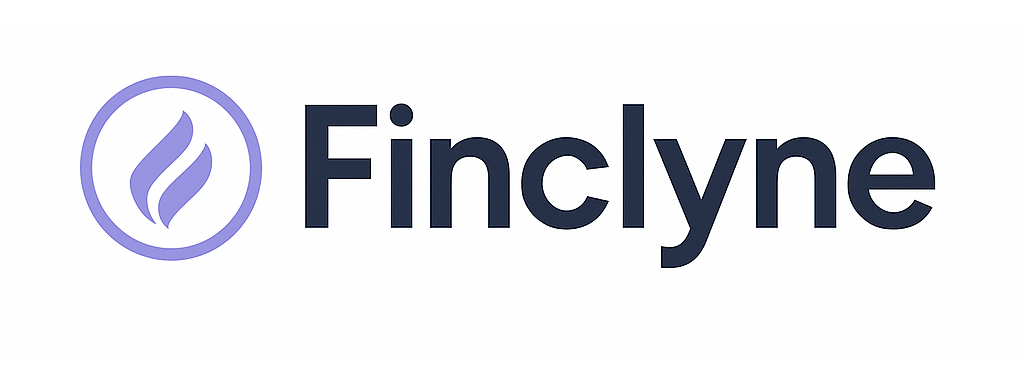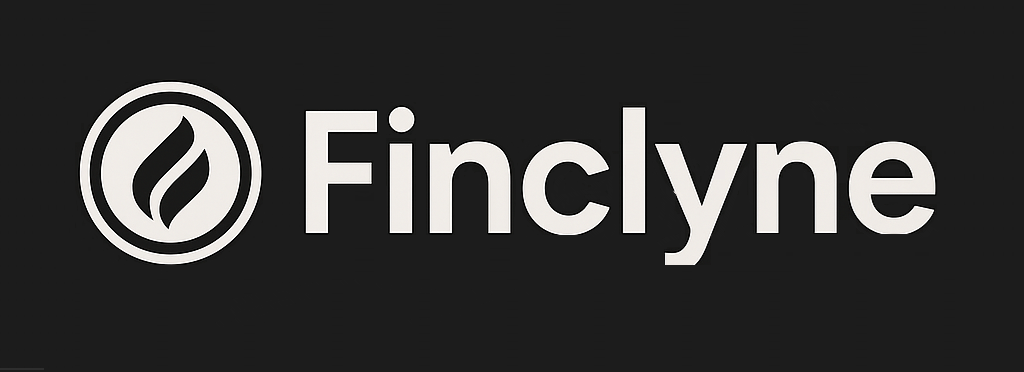Crypto Week Begins: US Dollar, Bitcoin, Gold and Oil Outlook
As a new trading week unfolds, global financial markets find themselves navigating a complex web of economic indicators, geopolitical tensions, and shifting monetary policy expectations. Investors, particularly the younger demographic keen on understanding the forces shaping their financial future, are closely scrutinizing the trajectory of key assets: the US Dollar, the enigmatic Bitcoin, the perennial safe-haven Gold, and the volatile Oil. Each of these assets acts as a barometer for different facets of the global economy, and their collective movements often paint a clearer picture of prevailing market sentiment and future trends.
The US Dollar, the world’s primary reserve currency, continues to be a central focus for its impact across virtually all asset classes. Its performance is intrinsically linked to the Federal Reserve’s monetary policy, particularly the path of interest rates. Recent economic data, including inflation figures and labor market reports, have provided mixed signals, leading to ongoing speculation about the timing and extent of potential rate cuts. A stronger dollar typically exerts downward pressure on commodity prices, including gold and oil, as it makes them more expensive for holders of other currencies. Conversely, a weakening dollar can boost these assets. Geopolitical stability and global risk appetite also play a significant role; in times of uncertainty, the dollar often sees increased demand as a safe-haven asset, further influencing its standing against other major currencies and, by extension, the price of riskier assets and commodities.
Bitcoin, the bellwether of the cryptocurrency market, enters the week under its own unique set of influences. Following a period of significant volatility and the recent halving event, market participants are keenly observing institutional inflows, particularly into spot Bitcoin Exchange-Traded Funds (ETFs) in the US, and anticipating the potential for similar products in other jurisdictions. Regulatory developments globally, such as the implementation of the EU’s MiCA (Markets in Crypto-Assets) regulation or evolving stances from the US Securities and Exchange Commission, continue to shape investor confidence and market structure. While Bitcoin has shown periods of correlation with traditional tech stocks, its unique supply dynamics and growing mainstream adoption are increasingly defining its independent price action, making it a compelling, albeit high-risk, asset for young investors seeking exposure to digital innovation.
Gold, the traditional safe haven, faces a nuanced outlook. Its appeal typically strengthens during periods of economic uncertainty, high inflation, or geopolitical instability, as investors seek to preserve capital. However, its performance is often inversely related to real interest rates and the strength of the US Dollar. When the dollar strengthens and bond yields rise, gold, which offers no yield, can become less attractive. Conversely, expectations of lower interest rates or persistent inflation tend to bolster its appeal. Central bank purchasing activity has been a significant support factor for gold prices in recent quarters, reflecting a broader de-dollarization trend among some nations and a desire to diversify reserves. Geopolitical hotspots, from Eastern Europe to the Middle East, also remain crucial drivers for gold’s safe-haven demand.
Finally, the outlook for Oil, the lifeblood of the global economy, is shaped by a confluence of supply-side dynamics and demand-side indicators. On the supply front, decisions by OPEC+ (Organization of the Petroleum Exporting Countries and its allies) regarding production cuts or increases are paramount. Geopolitical events in major oil-producing regions, such as the Middle East or Russia-Ukraine, can rapidly disrupt supply and inject volatility into prices. On the demand side, the health of the global economy, particularly growth forecasts for major consumers like China and India, directly impacts consumption patterns. Concerns about a global economic slowdown or recession can dampen demand, pushing prices down, while robust economic expansion signals higher energy needs. Strategic petroleum reserve releases by major economies also add a layer of complexity to the supply-demand balance.
The interconnections between these assets are profound. A strong dollar can weigh on both gold and oil. High oil prices can fuel inflation, potentially prompting central banks to maintain higher interest rates, which in turn could strengthen the dollar but pressure gold. Bitcoin, while often charting its own course, is not entirely immune to broader risk-on/risk-off sentiment that also influences traditional markets. For young investors, understanding these intertwined relationships is key to navigating the opportunities and risks that define the current financial landscape. The week ahead promises further clarity as fresh economic data and geopolitical developments unfold.





